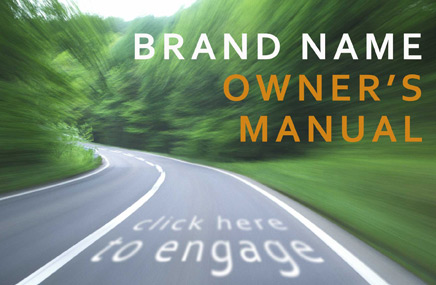Xerese, Zovirax, Orencia, Alkeran, Tarka. How do companies come up with the goofy, unpronounceable drug names that sound like B-movie bad guys?
If you’ve ever been involved in naming a new compound, you’ll know that it’s way harder than naming a baby, with everyone from potential customers to the legal department and FDA weighing in.
 Avoid names like this!
Avoid names like this!
The requirements for a successful pharmaceutical product name go generally like this: it can’t be taken already, it can’t sound like something else, it can’t overpromise (Levitra is OK, but Satisfya would be out). Also, it can’t sound like something scatological in another language, or, God forbid, MEAN something untoward (FluMist was out for the global brand launch because “mist” means something like manure in German).
The American Idol of naming
A good brand name has to be ownable, and it should be memorable and create a positive feeling in the minds of the audience. Invariably, the agency naming team will go through rounds and rounds of name options. At first, the brand manager and team are very selective (“I want something that sounds powerful yet gentle, and is close to the generic name, yet suggests the patient end benefit.”)
Running the naming gauntlet
After reality sets in, a culled down list may go to legal. More culling ensues. Expectations are adjusted. It becomes clear to everyone that the best thing to do is to completely make a name up. (Why? Just do a topline google search of 10 names you randomly make up.)
Even creating your own name isn’t foolproof; I was once part of a team that finally whittled the list down to the brand name we coined, only to discover in a trademark search that it was held by a tiny Italian, family-owned company—and they weren’t budging.
The fight for domain names
It’s important to remember the web component of the chosen names—the brand will need a website! Odds are the web domain names are already taken. Somehow, enterprising souls have been busily buying them up, so you’re stuck with paying the owners big bucks or going with the embarrassingly inferior suffixes, .net or .org.
Draconian naming tests
You have your top 3 names! They’ve passed trademark search! No one owns them! Let the testing begin. A name is extremely important to the success of a brand. So it’s no surprise that pharma companies put name candidates through a series of maze-like market research. There are rounds of testing with physicians (“Does this name inspire confidence? Is it easy to pronounce?”) and patients (“What does this name remind you of? What memories does it evoke? What color would it be?”).
There’s also the all-important pharmacy testing, where boxes labeled with the brand names are mocked up on pharmacy shelves and tested to make sure a hapless pharmacist would not mistake the product for another similarly named. The FDA calls this medication error, and the agency is vigilant about preventing it. Of the approximately 400 drug names a year that companies submit, about one-third are rejected by the FDA.
All told, it’s a miracle any new drug names are created and approved at all. Kind of makes you feel a little warmer toward Sprix, Orudis, Kantrex, and Cefdinir.







